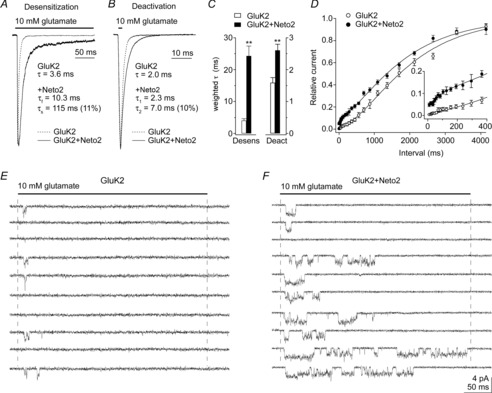Figure 6. Neto2 alters kainate receptor kinetics and peak open probability.

A and B, responses to 10 mm glutamate in outside-out patches from tsA201 cells transfected with GluK2 alone or GluK2 and Neto2. Glutamate was applied for 200 ms (A) or 1 ms (B). The time constants (relative amplitude) are from mono- or bi-exponential fits to the decays of the currents. C, the fits were used to calculate weighted time constants of desensitization and deactivation. Co–expression of Neto2 with GluK2 (30:1 ratio) slowed both desensitization and deactivation significantly (n = 6–9). Data are given as mean ± SEM; **P < 0.01. D, recovery from desensitization for GluK2 alone (n = 5) and GluK2 and Neto2 (n = 6). Results were obtained from conventional two-pulse protocols. The ratio of the amplitude of the peak currents (P2/P1) is plotted as a function of the inter-pulse interval. Neto2 markedly sped recovery at short intervals, but did not alter the slow component of recovery. E and F, examples of single-channel currents (low-pass filtered at 3 kHz) evoked by ten consecutive applications of 10 mm glutamate in patches containing four GluK2 (E) or three GluK2+Neto2 channels (F). The receptors displayed three conductance substates and most of the inward currents reflect the activity of a single receptor. Co-expression of Neto2 increased the probability of channel opening and greatly increased the duration of channel activity in the portion of the record shown from the patch in F.
